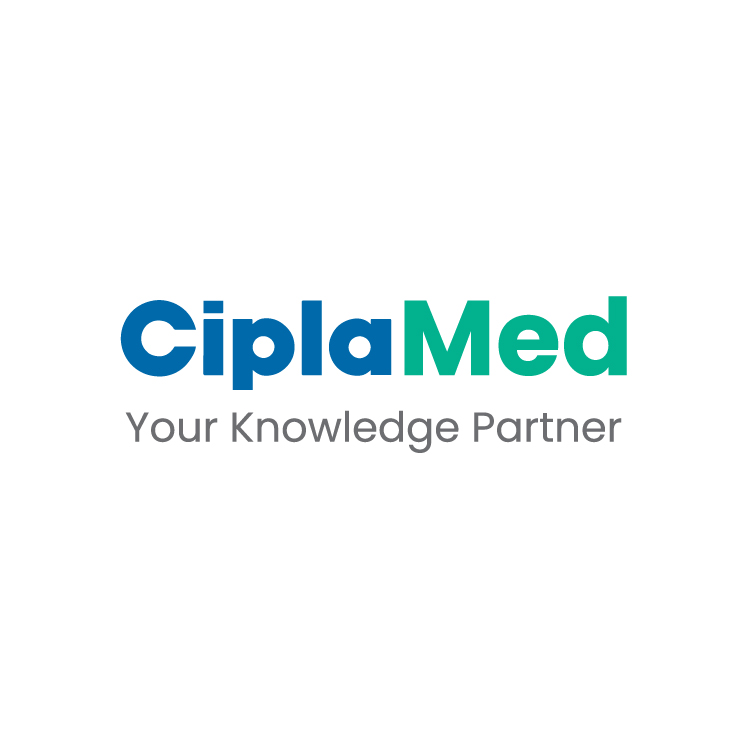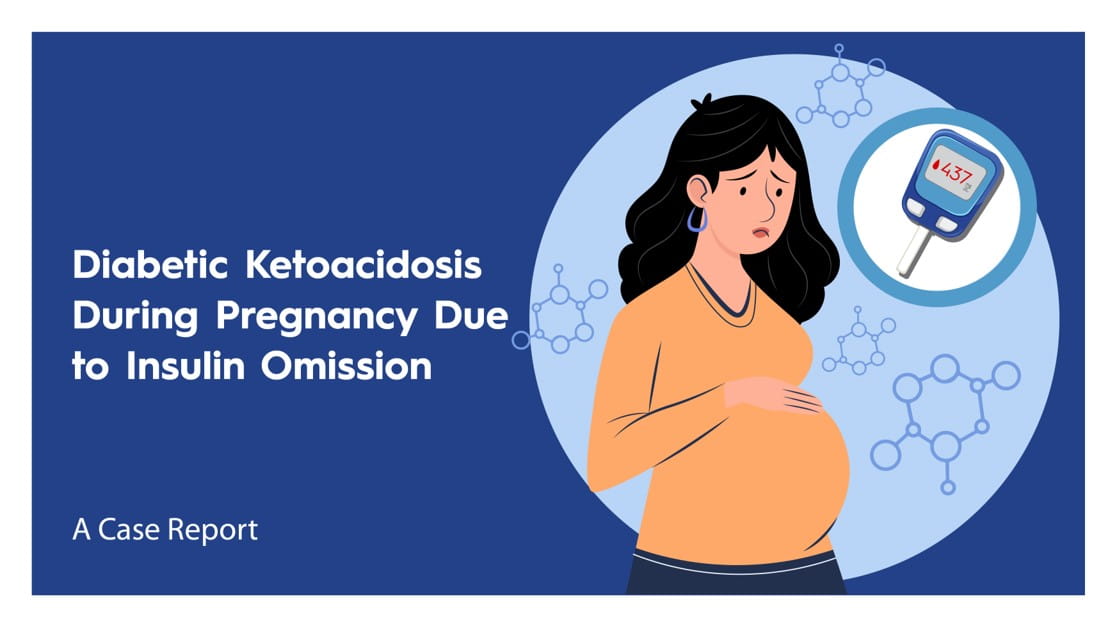SCCM 2024: Fluids: From Theory to Bedside Practice in Hemodynamic Management of the Critically Ill
The speaker initiated the presentation with a discussion on shock, providing a historical perspective by referencing Max Harry Vile's definition of shock as a reduction in effective blood flow and inadequate tissue perfusion, leading to decreased oxygen delivery. The speaker acknowledged advancements in understanding and introduces a 2014 definition, emphasizing the role of inadequate oxygen utilization by cells during shock. The focus shifted to the significance of lactate production in anaerobic metabolism as a cell survival mechanism. The speaker emphasized that measuring lactate in blood gas analysis is not an issue but rather a crucial aspect of cellular survival. The discussion then touched on the correlation between lactate production, carbon dioxide, hydrogen ions, and pH, highlighting the importance of an increased respiratory rate as an early sign of clinical deterioration. The central concept introduced is the reliance on clinical examination, particularly respiratory rate, to diagnose shock and assess a patient's clinical trajectory. The speaker advocated for an integrative approach to hemodynamic variables, emphasizing the interplay between cardiac output, blood flow, and blood pressure.
A pivotal study was presented that demonstrated the synergy between systolic blood pressure and lactate levels in predicting mortality. The speaker stressed the importance of recognizing patients with apparently normal blood pressure but high lactate levels, as well as those with low blood pressure and even moderately elevated lactate, due to their association with significant mortality risk. The discussion then transitions to the goal of improving perfusion pressure and microcirculation in shock management. The speaker introduced videos illustrating the correlation between microcirculation and capillary bed density, emphasizing the role of clinical examination in diagnosing shock. The addition of blood gas analysis is suggested for a more comprehensive evaluation. Finally, the focus narrows to fluid management in treating shock. The speaker concentrated on the physiological effects. The Frank-Starling mechanism is briefly mentioned, and the physiology of venous return and mean systemic filling pressure is explored. The speaker stressed the importance of understanding the relationship between mean systemic filling pressure and central venous pressure (CVP), advocating for an increase in mean systemic filling pressure rather than CVP. The historical use of CVP as a measure is criticized, and the speaker emphasized the significance of fluid administration to stress the system and increase mean systemic filling pressure, with the ultimate goal of improving microcirculation in shock management.
The speaker discussed the physiological response to fluid challenges in the context of intensive care and emphasized the importance of understanding the relationship between venous return and cardiac output. The key idea is that if there is an increase in cardiac output following a fluid bolus, it suggests fluid responsiveness. The speaker delved into the intersection of two theories – Guyton and Frank-Starling – to explain the principles of fluid responsiveness. They distinguish between situations where fluids lead to a positive response (increased stroke volume and cardiac output) and those where there is minimal change, particularly when operating on the plateau part of the Frank-Starling curve. The discussion extended to a study (FENICE) on fluid challenges in intensive care, highlighting the surprising reliance on CVP despite its limitations. The variability in defining and administering fluid challenges prompts the speaker to advocate for a more standardized approach, treating fluids as drugs and employing pharmacokinetics and pharmacodynamics studies. The importance of immediate observation post-fluid challenge is emphasized, with the speaker cautioning against overlooking changes that occur shortly after administration. The dissipation of effects after 10 minutes raises questions about resuscitation status and potential factors like a capillary leak. The ultimate goal is to address fluid administration's uncertainties by standardizing practices, ensuring trust in both positive and negative responses, and avoiding biased decision-making based on preconceived notions about a patient's fluid status. The study aimed to investigate the optimal dose and rate of fluid administration in patients to determine fluid responsiveness. Patients were randomized to receive fluid within a fixed time period, with the timing set at 10 minutes. The doses varied between 1, 2, 3, or 4 millilitres per kilogram. The primary focus was identifying the dose that consistently increased mean systemic filling pressure, revealing that the 4 millilitres per kilogram dose was the most effective. Interestingly, the analysis showed a dose-response effect, suggesting a linear relationship between fluid volume and the likelihood of response. This challenges the traditional binary concept of fluid responsiveness as a simple yes or no decision. The speaker acknowledged the need for a nuanced approach based on patient conditions and proposed adjusting fluid strategy over time. The discussion extended to the rate of fluid administration, where patients were randomized to receive a fluid challenge over 10 or 20 minutes. Results indicated that faster administration led to a higher percentage of labelled responders. However, the speaker cautioned against overly rapid administration, citing concerns related to glycocalyx and potential long-term consequences. The presentation highlighted a trend in clinical practice toward faster fluid administration, as evidenced by a meta-analysis showing a decrease in administration time over the years. However, the speaker emphasized the lack of consensus on various aspects of fluid administration. Notably, the study refrained from delving into balanced crystalloids, focusing instead on the concept of fluid challenges. The speaker expressed scepticism about certain fluid challenge variations, emphasizing the importance of a physiological rationale for such interventions. The presentation alluded to the broader literature on positive fluid balance and its impact on outcomes. The speaker acknowledged the ongoing efforts to predict fluid responsiveness before administering fluids, underlining the importance of avoiding unnecessary fluid administration.
The presentation discussed the interaction between the heart and lungs, exploring concepts such as pulse pressure variation and stroke volume variation. Studies conducted in controlled environments like operating rooms or on intubated patients in intensive care show promising results, with reliable predictions of fluid responsiveness based on parameters like ventilator adaptation, absence of arrhythmias, and adaptability to changes in position. However, the speaker, who operated in complex environments such as trauma care and with patients with open abdomens, acknowledges the limitations of ideal conditions. The speaker emphasized the need for a pragmatic approach, highlighting that not all patients can undergo standard tests due to various factors. A recent meta-analysis sparked debate by revealing a positive predictive value curve around 0.79, challenging the notion of a perfect predictive scenario.
The speaker discussed the use of various tests in their practice but stressed the importance of a holistic approach, combining clinical judgment with test results. Additionally, the speaker expressed optimism about the potential role of artificial intelligence (AI) in enhancing medical decision-making, sharing an example of an AI clinician suggesting fluid and pressure doses in sepsis patients. Given the observational nature of available data, the discussion touched on the challenges of using AI in clinical settings. The speaker suggested leveraging big data to inform large trials and present interesting findings related to vasopressors in sepsis treatment. The concept of a U-shaped relationship between vasopressors and outcomes is explored, emphasizing the need to avoid both inadequate and excessive use. The speaker advocated for prompt initiation of vasopressors in sepsis, aligning with the evolving understanding of physiological responses and the potential benefits of recruiting stress volume. The presentation advocated for a balanced and pragmatic approach to fluid and vasopressor management, considering the complexities of real-world medical practice. The speaker emphasized the importance of clinical examination and blood gas analysis in assessing the effectiveness of fluid administration. They prefer venous blood gas over arterial blood gas and highlighted the evolving role of echocardiography, mentioning its historical development and the potential for future applications, such as continuous monitoring. The discussion extended to the integration of technology, including automated devices that assist in obtaining optimal echocardiographic images. The speaker envisioned future devices that can be attached to patients for continuous monitoring, allowing real-time observation of heart behavior during activities like exercise or post-intensive care discharge. Acknowledged the complexity of central venous saturation and the need for a comprehensive understanding of physiology, the speaker stressed the significance of clinical parameters alongside diagnostic tools. They share experiences from participating in randomized control trials and advocate for learning from both physiological studies and trials. The challenges of large-scale trials and the potential benefits of leveraging electronic health records for real-time registries are discussed. The speaker emphasized the importance of randomization in studying patient subgroups and the need to adapt methodologies based on evolving patient phenotypes. The final segment addresses the need for standardized hemodynamic tests and overcoming internal biases in fluid administration decisions. The speaker highlighted the importance of establishing trust in test outcomes, regardless of positive or negative responses, and encouraged a holistic approach to patient monitoring.
In summary, the speaker discussed recommendations for monitoring patients and emphasized that not all patients require continuous monitoring. However, monitors such as echocardiography and continuous cardiac output monitors are recommended for inpatients who do not show improvement quickly with initial therapy. The speaker reflected on the privileged access to technology in their part of the world but acknowledged the need to extend these advances to less privileged areas. They expressed confidence that embracing and guiding technological advancements could contribute to healthcare improvements. The speaker also highlighted the changing demographics, with an ageing population and the importance of adapting to a future where the nature of healthcare jobs will likely evolve. They stressed the need for technology to enhance, rather than replace, human interaction in patient care. Lastly, the speaker briefly touched on fluid administration and emphasized that fluids should be treated as drugs and administered only when clinically indicated. They recommended prioritizing clinical judgment, using fluid challenges to predict responses, and considering vasopressors alongside fluids. The presentation concluded with an invitation to explore further details in a freely available Intensive Care Medicine Experimental review.
Society of Critical Care Medicine’s Critical Care Congress (SCCM 2024), Phoenix, Arizona, USA, Jan 21-23, 2024




